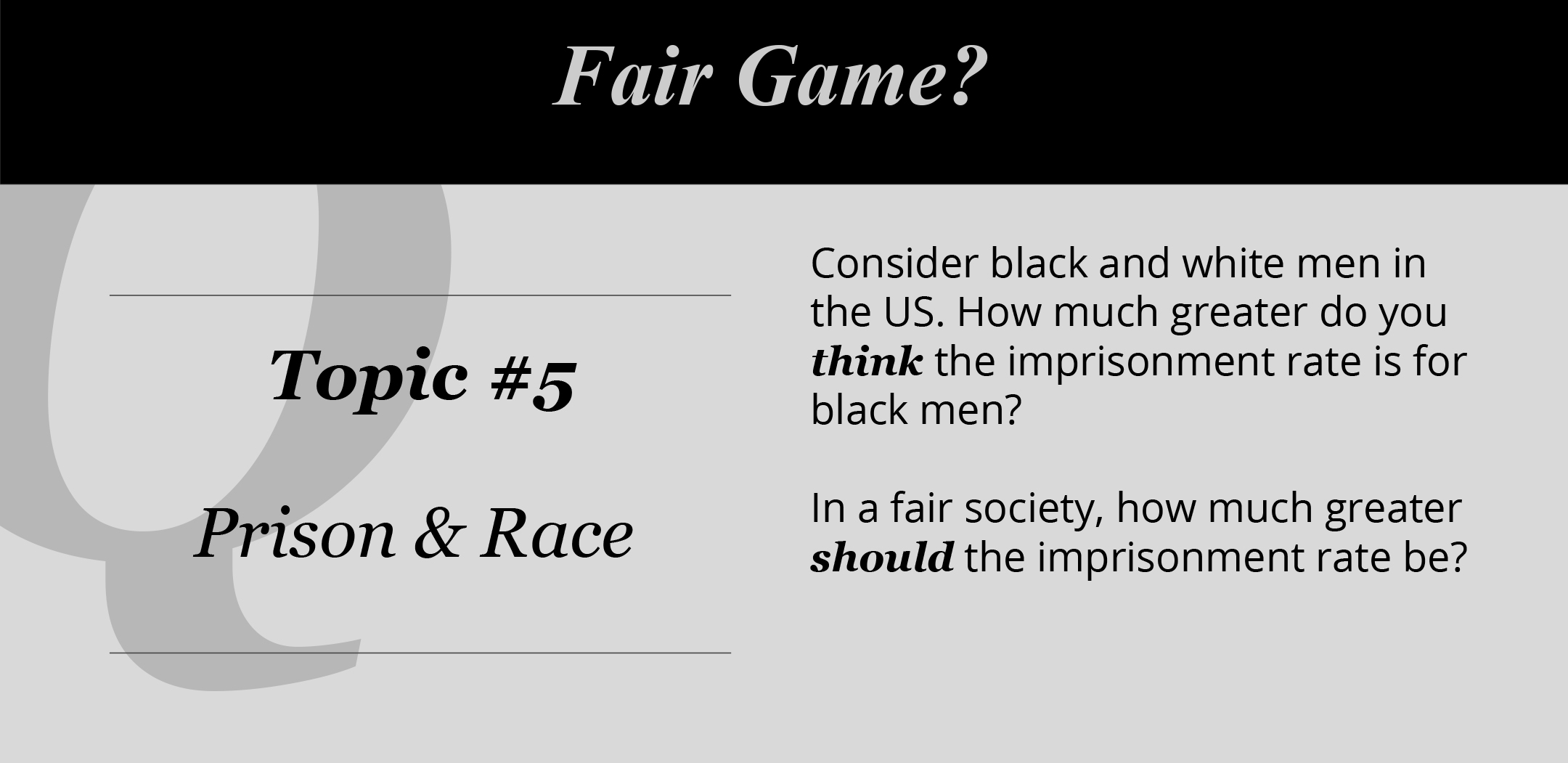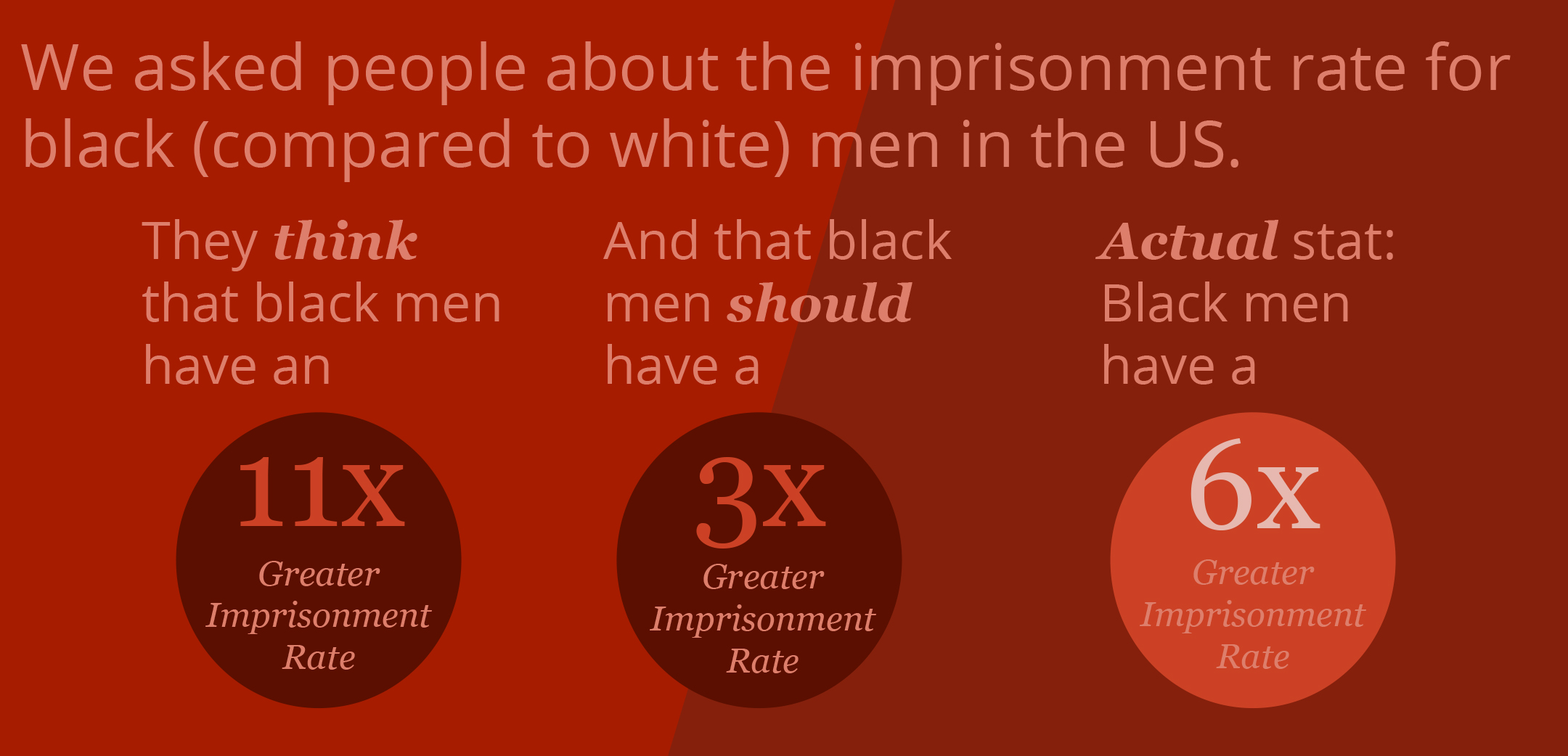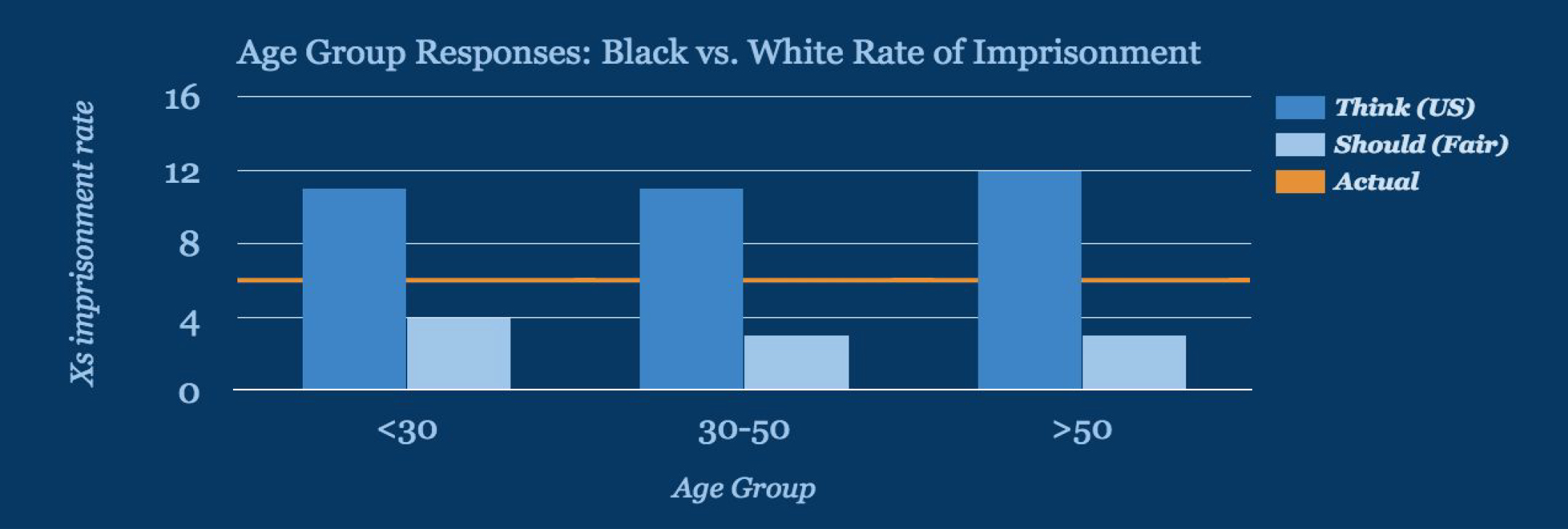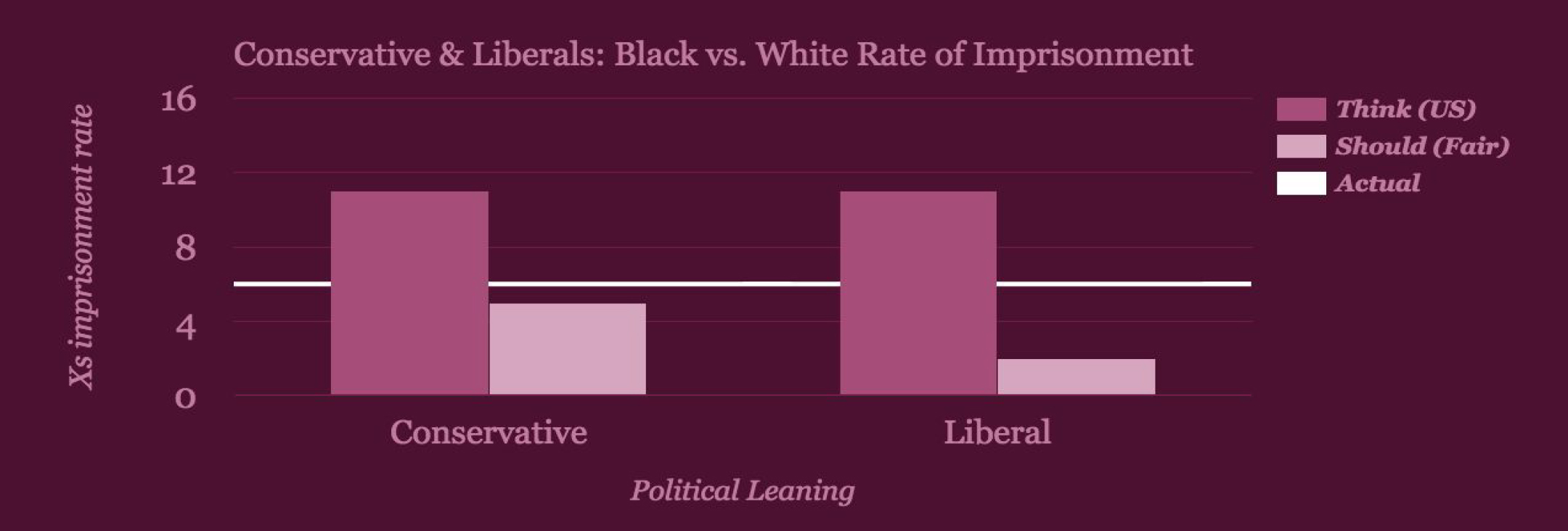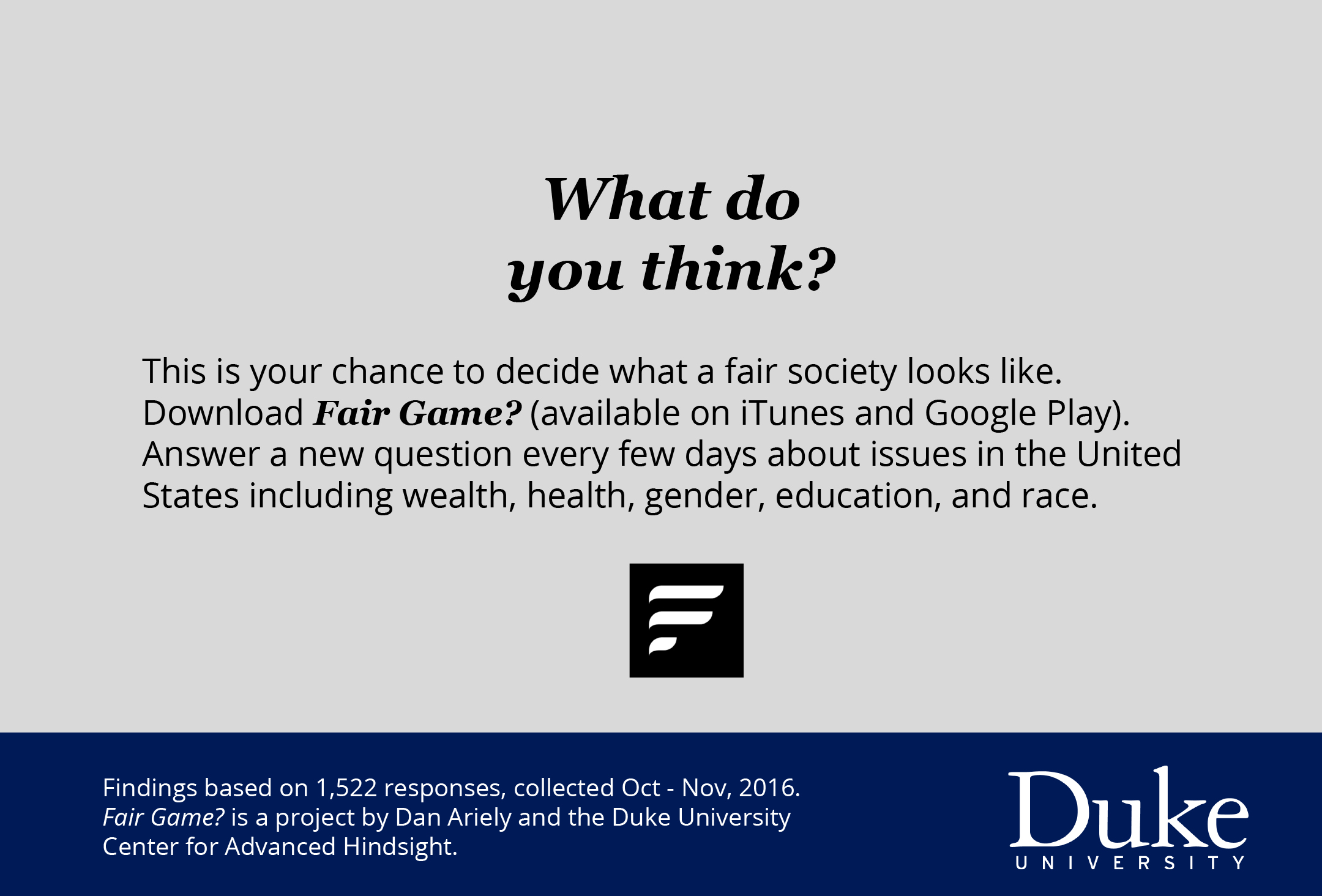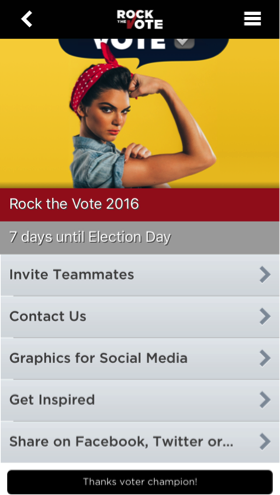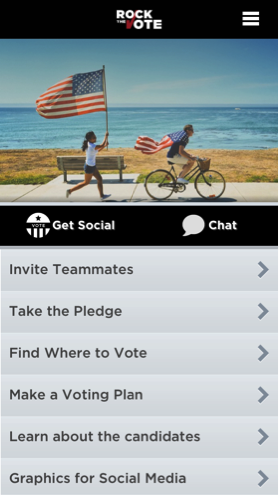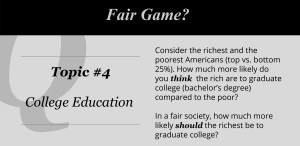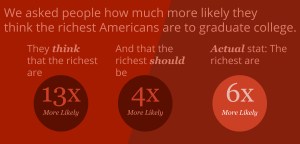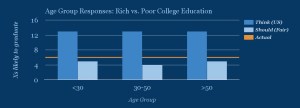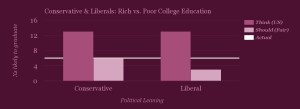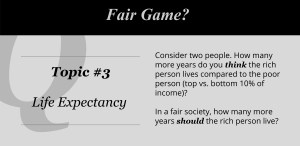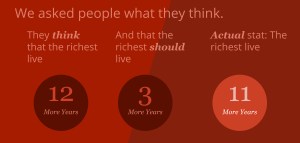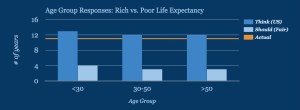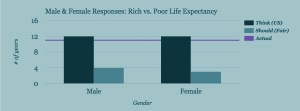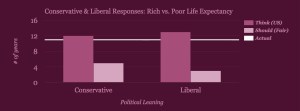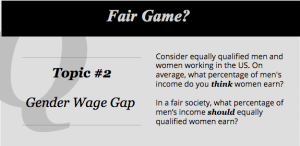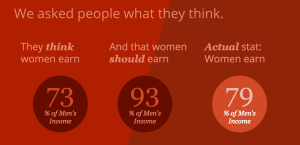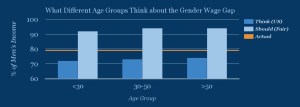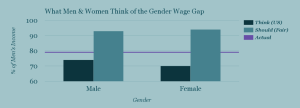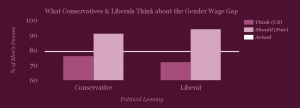A Young Boy’s Story, Through the Eyes of Artists
On November 15th, my TED book Payoff will be released. I shared the story with two artists, Brian and Jessica. Below is Brian’s artistic depiction of the story. I will post the art by Jessica in a few days.
If you read the introduction to the book, come back and look at this image. See how you feel about this depiction. For me, it captured a lot of my emotions and the complexity of the young boy’s experience. It helped me think differently about the story.
After reading the introduction to Payoff, come back to this and see what you think of these depictions. For me, they added extra richness, nuances, and even a bit more sadness.
Ask Ariely: On Swift Sales, Debt Distortions, and Beauty Beliefs
Here’s my Q&A column from the WSJ this week — and if you have any questions for me, you can tweet them to @danariely with the hashtag #askariely, post a comment on my Ask Ariely Facebook page, or email them to AskAriely@wsj.com.
___________________________________________________
Dear Dan,
A European online retailer recently changed its delivery policy from offering multiple delivery times to offering free one-day delivery on all purchases. Before the change, one-day delivery was available but cost 10 euros. Is this retailer smart to shift to this quicker, cheaper delivery arrangement?
—Thilo
Many businesses are trying to deliver their wares more quickly, but it isn’t always a good idea. When we want something, we usually think that faster is better and now is ideal. But imagine that you had the choice of attending a concert by your favorite band either tonight or in two weeks. The vast majority of people would prefer to wait the two weeks. We recognize that the concert itself is only one part of the experience: Not only will the anticipation be fun, it also will help us to enjoy the performance more.
In the new delivery approach you describe, the retailer is basically forcing everyone to pay for faster shipping (the list price of your goods will necessarily include the cost of faster shipping) and forgo the joy of waiting. Neither is ideal, especially if your purchase happens to be an exciting treat rather than a dreary necessity. Many online retailers would do better to help their consumers savor the anticipation rather than deliver so quickly that we lose some of the fun of our purchase.
___________________________________________________
Dear Dan,
I’m attending graduate school in famously pricey New York City. I’ve been living with my husband in a small studio apartment, but a huge, gorgeous one-bedroom just opened up next door for my final year of school. Of course, this perfect apartment costs considerably more than we can afford; we would have to take out more loans to cover the extra rent.
So is the difference between $150,000 in student loans and $156,000 in loans (a 4% additional expense) significant enough for us to remain in our underwhelming apartment—or, down the road, will any concern we feel about the financial difference matter less than our excitement about our great new place?
—Andrew
The way we ask ourselves questions about spending money influences our answer. You could have asked whether this move is worth $6,000 or if it is worth the difference between $150,000 and $156,000—which, sensibly, keeps the focus on the absolute amount of $6,000. But your choice to frame the extra expense as a percentage difference suggests that you really want to move. And if you’re so eager to move that you are willing to distort your economic reality to feel better with the answer you want, maybe you should go for it.
___________________________________________________
Dear Dan,
What is the essence of what we perceive as beauty? And what would it be if you were in charge of such things?
—Sinclair
Our brain is largely attuned to changes, and that, I suspect, includes beauty. We often find beauty in shifts or transitions that are smooth but not too smooth: the way a melody changes, the arc of your beloved’s raised eyebrow, the imaginary line at the beach where the waves strike and retreat, the place where the mountains curve and the cliffs abruptly depart from the ocean.
But since you asked what I would want the definition of beauty to be—it would be slightly balding, slightly chubby, middle-aged university professors.
See the original article in the Wall Street Journal here.
In the Home of the Free, Why Are So Many People in Prison?
The high rate of incarceration in the United States is fraught with social and economic costs. Relatively recent increases in our incarceration rate make us an international outlier and carry a price tag of more than $80 billion annually (more than quadruple the 1980 corrections expenditures). This is despite an overall reduction in crime rates between 1990 and 2012.
In addition to the overall incarceration rate, there is a staggering gap between the incarceration rates of black Americans and white Americans. The gap is most clearly seen between black and white males. Based on 2001 incarceration rates, nearly 1 in 3 (32.2%) black males will will be sentenced to prison during their lifetimes, whereas the rate for white males is 5.9%.
Topic 5 in Fair Game? asked users to think about how much greater the rate of imprisonment is for black versus white men in the US and how much greater it should be in a fair world.
On the whole, our users estimated that black males have an 11x greater imprisonment rate than white males. In reality, recent data shows the imprisonment rate is 6x greater.
How much more greater do people think the imprisonment rate should be in a fair world? 3x more likely.
Estimates for the greater likelihood of imprisonment were remarkably similar across all age groups, as were our users’ beliefs about what would be fair.
What about gender? Males and females differ in their estimates of the greater rate of imprisonment, estimating 10 and 12 times greater likelihoods, respectively. But they agree in what they think a fair rate would be — 3x.
And political leaning? People who identify as conservative and those who identify as liberal estimate the same (11x) greater rate of imprisonment. In terms of how much greater the rate should be in a fair society, conservatives answered 5x more likely and liberals answered 2x more likely. So although their understanding of the world is similar, their notions of fairness, for this topic, are very different.
Together, the data reported here suggest that people overestimate the gap in the incarceration rate by race. And they would reduce the size of the gap that they perceive. There are many factors that contribute to the racial disparity in imprisonment rate. The so-called War on Drugs may be the single largest factor, with Blacks and Hispanics disproportionately representing those in state prisons for drug offenses and sentenced for federal drug trafficking offenses. These offenses often carry harsh mandatory sentences, further exacerbating the disparities. Discrimination has been shown to be a problem at multiple levels of the criminal justice system, including law enforcement, prosecution, sentencing, and reentry to society.
Beyond the pervasive problem of racial discrimination, another consideration is more purely economic– the growth of private companies building and running prisons. Oliver Hart (a 2016 Nobel prize-winner in Economics) and his coauthors have written about private prison contracts and their tendency to induce the wrong incentives by not focusing on outcomes.
There are economic benefits to reducing the prison population, including reduced costs for taxpayers (construction, maintenance and operation of prisons) and of course income and opportunities for those who would otherwise have been imprisoned. Several states have drug decriminalization ballot initiatives in this year’s election and it will be interesting to see whether these have an impact on the rate of imprisonment in those states. What other possibilities might decrease the prison population and reduce the racial disparity in the rate of imprisonment?
Please join us and play along by downloading Fair Game? from iTunes or Google Play.
Rock the Vote 2016!
Thousands of people are currently involved with getting out the vote. They canvas neighborhoods, stand on street corners, write letters, make calls, and donate money to campaigns. But they rarely know if this has an impact. That’s about to change.
We teamed up with Rock the Vote and VoteRockIt to design and build a new app that allows highly engaged voters to make an impact within their personal networks. The Rock the Vote 2016 app amplifies the motivation and energy of get-out-the-vote volunteers by creating direct links from dedicated voters to their more complacent friends.
Here’s where science comes in. Research has found that simply making a plan can be incredibly effective for actual follow-through. Additionally, letting your friends, family, and co-workers know that voting fulfills a social obligation is something that can serve as an important reminder of their civic duty and generate more interest and involvement going forward.
Interested? Great! We’re here to help you channel your efforts into impacting our democracy, one fence-sitter friend at a time. Become a voter champion by inviting friends in your virtual or local networks to join your team; sign the Rock the Vote pledge, find your polling site, look up the candidates on your ballot, and share posts to your larger social media networks. Most importantly, turn your voting enthusiasm into action-based, goal-driven steps for others. Use the app to encourage your complacent friends to commit to voting, to make a concrete plan, and finally, to share that they’ve actually done it. The power is in your hands.
Download Rock the Vote 2016 for Apple or Android and start the chain reaction today. Use Invite Code ‘10000’ to register as a Voter Champion.
The team that created the app includes Dan Ariely, Julie O’Brien PhD, Steven Prince PhD, Stephanie Tepper, and Allison Waters (Center for Advanced Hindsight), Matt Hudson (app developer and founder of VoteRockit), and the civic tech and policy team at Rock the Vote.
Higher Education, Higher Incomes…Opportunity for all?
Having a college degree can dramatically increase a young adult’s income. According to the National Center for Education Statistics, in 2014 the median earnings of young adults (ages 25-34) with a bachelor’s degree were 66 percent higher ($49,900) than the median earnings of young adults with only high school diplomas ($30,000).
Anyone who performs well in high school can apply to college, and there are many scholarships, financial aid, and other support programs available to help make college an option for everyone. But does this help?
Topic 4 in Fair Game? asked users to think about whether household income is related to the likelihood of getting a college degree and what that relationship should look like in a fair world.
On the whole, our users estimated that the wealthiest 25% of society would be 13x more likely to get a college degree than the poorest 25%. In reality, the wealthiest 25% are about 6x more likely to get a college degree.*
How much more likely do people think the wealthy should be to get a college degree, in a fair world? 4x more likely.
Estimates for the greater likelihood of getting a college degree were remarkably similar across all age groups, as were our users’ beliefs about what would be fair. There may be hints of a difference in what people think is fair, with 30-50 year-olds reporting 4x likelihood, while other age groups said a 5x likelihood would be fair. One possible explanation for this difference is that people in the 30-50 age range may be actively planning or paying for their children’s college expenses.

What about gender? Males and females differ in their estimates of the greater likelihood of getting a college degree for the top 25% of income, estimating 12 and 14 times greater likelihoods, respectively. But they agree in what they think a fair likelihood would be — 4x.
And political leaning? People who identify as conservative and those who identify as liberal estimate the same (13x) greater likelihood of getting a college degree for the wealthy. In terms of how much more likely the top 25% of income should be to get a degree, in a fair society, conservatives answered 6x more likely and liberals answered 3x more likely. So although their understanding of the world is similar, their notions of fairness, for this topic, are very different.
Together, the data reported here suggest that people overestimate the gap in the likelihood of getting a college degree. And they would reduce the size of the gap that they perceive. There are many factors that contribute to the gaps in attainment of a college degree. Family income based factors are certainly an important contributor. But there are also decisions about whether to apply to college at all, what type of college to attend (e.g. for profit vs. nonprofit), how to access and pay back loans, and what kind of support a student may have from their social networks. Sometimes, just the paperwork involved in applying to college can overburden a prospective student and derail the process. It is encouraging then that low-cost interventions have the potential to improve college opportunities for low-income students.
Given the potential economic benefits that would result from more low-income students getting a degree, what are other possibilities that might work to increase the proportion who ultimately do get a degree?
What do you think? Please join us and play along by downloading Fair Game? from iTunes or Google Play.
Ask Ariely: On Snooze Strategy, Better Bottles, and Productive Procrastination
Here’s my Q&A column from the WSJ this week — and if you have any questions for me, you can tweet them to @danariely with the hashtag #askariely, post a comment on my Ask Ariely Facebook page, or email them to AskAriely@wsj.com.
___________________________________________________
Dear Dan,
I’m having trouble waking up in the morning. I set my alarm clock, but I always wind up hitting the snooze button or turning it off completely. Any advice? If I want to wake up at 7 a.m., what time should I set my alarm for, and how many times should I hit snooze?
—Phillip
Set your alarm for exactly the time you need to get up. Since you want to start your day at 7, you may be tempted to set the alarm a bit early (let’s say 6:40) and hit snooze a few times until it is 7 or maybe even 7:15. But if you pick this snooze strategy, your body can’t learn the conditioned response between hearing the alarm and getting up.
In general, our bodies do better when they can get used to a single clear rule: Get out of bed the moment the alarm sounds. When we play with the snooze button, our bodies get a confused message: Sometimes we hear the beeping and get up, sometimes we hear it and stay put for 10 more minutes, sometimes we lie there for another 20 minutes, and so on.
So just bite the bullet and get out of bed when the alarm tells you to. Do this faithfully for a few months, and the conditioning should start to kick in. It won’t be fun in the beginning, but over time, it should pay off. Good luck.
___________________________________________________
Dear Dan,
When I’m out for dinner, I occasionally encounter a wine so special that I buy a case of it to drink at home. But the subsequent bottles never taste as appealing as the initial one, so I wind up not only regretting the purchase of additional wine but also spoiling some of the wonderful memories of my night at the restaurant.
So why can’t I enjoy the same wine as much at home? Is there something special about the way the restaurant handles the wine or the glow of the original occasion?
—Eugene
After an excellent dinner out, we might remember the wine as impeccable. But we probably won’t realize that part of our enjoyment of the wine flowed from the flickering candles, the beautiful music, the tasty food and the charming company. At home, the same wine is just the wine, without the halo effect, and it isn’t the same experience. Psychologists call this phenomenon the “misattribution of emotions”: We assume that the source of our enjoyment is one thing when it is really another.
It’s almost never possible to revisit special experiences. The place where you spent your honeymoon, for example, probably won’t make a good family vacation spot: A few days of chasing the kids and trying to eke out a few hours of sleep will certainly taint (if not erase) the original memory.
Next time, enjoy the wine, commit the whole experience to memory, don’t try to relive it, and look forward to new experiences.
___________________________________________________
Dear Dan,
I recently started using a smartphone app to manage my to-do list, and I’m really enjoying it. Every night, I take some time to make my to-do list; every morning, I go over it; and as I tackle different tasks throughout the day, I check them off my list. I feel not only more organized but more productive. Is there good documentation about an increase in productivity from to-do lists?
—Lev
You might be experiencing some increase in real productivity, but my guess is that you are mostly experiencing “structured procrastination.” That is the feeling of productivity that we get from making lists and crossing things off them—which spurs us to spend time on things that make us feel productive rather than on being productive. I am not recommending that you stop using this app, but I hope that you will measure your productivity based on what you’re getting done in your real-life projects, not on racking up checkmarks.
See the original article in the Wall Street Journal here.
The Trust Factory
Hey everyone, I hope this blog post finds you well. Recently, I wrote a short paper about trust….
The paper, Trust Factory, discusses elements of trust; specifically regarding the way organizations can interact with individuals to build trust. If you’re interested in reading the paper, you can view this link.
The paper talks about how humans tend to trust one another. But does it work the same way when it comes to trusting organizations?
A community of trust is required to survive. That’s what trust is based on.
Understanding that, what can organizations do to gain the trust of their consumers/users? I outline five key tools that allow us to trust each other: long-term relationships, transparency, intentionality, revenge and aligned incentives.
View the paper by clicking on this link.
Trustfully yours,
Dan
Life (and the Pursuit of Happiness)– But for How Long?
Confronting our mortality is not an easy task for most people. However, there are many reasons people should consider just how long they might live.
In the case of retirement planning, life expectancy is important in relation to the benefits like Medicare and Social Security that people earn during their working years. According to the Pew Research Center, use of these government benefits programs is “virtually universal (97%) among those ages 65 and older—the age at which most adults qualify for Social Security and Medicare benefits.”
Differences in life expectancy between the rich and the poor can mean that more affluent Americans receive hundreds of thousands of dollars more in benefits that those who are less well off. In addition to the economic considerations, there is a psychological and perhaps even moral factor that comes into play when thinking about how long we might expect to live in relation to our financial status.
Topic 3 in Fair Game? asked users to think about exactly this question and to estimate how income is related to life expectancy and what that relationship should be in a fair world.
“It will surprise nobody to learn that life expectancy increases with income.”— Michael Specter, 4/16/16, The New Yorker
On the whole, our users estimated that the richest 10% of society would have a life expectancy 12 years longer than the poorest 10%. In reality, the difference is 11 years (12 additional years for men and 10.1 additional years for women).
How many more years of life do they think the wealthy should expect in a fair world? 3 more years (a 75% reduction from their estimate of what is true).
Estimates for the current difference in life expectancy were remarkably similar across all age groups, as were our users’ beliefs about what would be fair. Preferences for a fair difference were also similar. There may be hints of a difference between younger and older adults, with a possible explanation simply being ‘mortality salience’, or how much longer users themselves’ expect to live.
What about gender? Both males and females estimate 12 more years of life for the top 10%. But they differ slightly in what they think a fair amount of additional years would be — 4 vs. 3, respectively.
And political leaning? People who identify as conservative and those who identify as liberal only differed by 1 year in terms of what they believed the life expectancy gain from wealth to be, and 2 years in what they thought it should be in a fair world. Conservatives estimate the gain to be 12 years, while liberals put it at 13 years. In terms of what they think would happen in a fair society, conservatives consider 5 years and liberals consider 3 years to be a fair number of years gained with wealth. Despite these small differences, the presumed improvement (from what is thought to what it should be) ends up being 7 years for conservatives vs. 10 years for liberals.
Together, the data reported here suggest that estimations of the present gap in life expectancy are fairly accurate. And that small differences in life expectancy (3-5 years) are considered fair (or perhaps tolerable) by most people. Has the wealth-based life expectancy gap always been this large? According to a Brookings report, it has actually grown from 4.5 years (for the cohort of seniors born in 1920) to 11 years (for the cohort born in 1940). It is likely that multiple factors, including differential access to quality medical care, and higher rates of smoking and obesity, contribute to the growth of this gap. On top of all of this, wealthier people typically retire later and can delay receiving social security payments, thereby increasing income inequality in the older population.
Unfortunately, public benefits that were originally intended to be progressive seem to be becoming (unintentionally) regressive over time. Perhaps there are some solutions that might help to keep more Americans living long, happy, and healthy lives?
What do you think? Please join us and play along by downloading Fair Game? from iTunes or Google Play.
On Advice and Daily Dilemmas
Have you ever had a burning curiosity or a puzzling life dilemma? Each week, many people write to my Ask Ariely column for guidance – and I’ve now created an app to help disseminate some of their questions and my advice.
If you’ve ever wondered what to eat when you’re heartbroken, how to effectively raise money for a charity, why you’re so willing to buy expensive beer, or why people tend to think God shares their beliefs, this app is for you.
Responding to people’s curiosities is one of my favorite parts of being a behavioral economist and researcher. I hope to share my enjoyment with you in this app, which features bite-sized excerpts from my latest book, Irrationally Yours, for easy reading.
The app is live now, available for Android and iOS users alike.
Happy reading,
—Dan
“Equal Pay for Equal Work”
It’s a simple statement but it represents so much more than just four words. For many people, it is a rallying call for closing the gap between men’s and women’s wages, ultimately achieving the goal of pay equity, and protecting a notion of basic fairness.
Others question the very idea of what equal work means, with some people arguing that women make different career choices compared to men and that any gap is merely a reflection of those choices. But in the United States, there are many historical examples of inequality affecting women including: denial of property rights, the right to vote, the ability to obtain higher education, and barriers to particular occupations and specialized careers.
Given the complex history of women’s equality in the U.S., we wanted to find out what people think about the current state of working women and their pay relative to men. We focused on the gender wage gap for topic 2 of Fair Game?, our new app that asks users what they think about the world as it is today and what they would want in a fair world.
Surprisingly, people tend to overestimate the gender wage gap and believe women earn 73% of men’s income. In reality, women are estimated to earn 79% of men’s income.
How much do people think women should be paid in a fair world? 93% of men’s income.
Overall, responses did not dramatically differ by the age of the user.
How does your own gender relate to what you think about this? Male and female users both overestimated the magnitude of the gender wage gap, with men thinking women currently earn 74% of men’s salaries, and women estimating that they earn 70% of men’s salaries.
There was closer agreement for the question of what a fair wage gap should be, with males preferring 93% and females preferring 94% of men’s salaries. On the whole, both genders perceive a gap to exist in the United States and would substantially – but not completely – close that gap in a fair society.
And can we observe differences in views according to political beliefs? People who identify as conservative and those who identify as liberal only differed by 4% in terms of what they believed the gender wage gap to be, and 3% in what they thought it should be in a fair world. Conservatives estimate women’s salaries to be 76% of men’s, while liberals put that percentage at 72%. In terms of what they think would happen in a fair society, conservatives consider 91% and liberals consider 94% to be a fair ratio of women’s to men’s income. Despite these relatively small differences, on average, the increase in women’s salary thought to yield fairness would be 15% for conservatives vs. 22% for liberals.
The gender wage gap is a topic that deserves careful consideration. Although a single number represents an average for all women, the number varies substantially once we consider factors including race, age, education, profession, career trajectory, childbirth status, and U.S. state of residence, to name a few.
There is also likely to be some gender role stereotyping at play in the results we received, with many of our respondents probably assuming that the burden of childcare would or should fall disproportionately on women.
This is a complex topic, but we can learn from some efforts to equalize opportunities in the workplace for women. A program in the Canadian province of Quebec provided an interesting natural experiment, demonstrating that subsidized daycare could support an upsurge in employment of women that in turn boosted economic output to a level that more than paid for the childcare subsidy costs1.
A final consideration is how long it will take to close the gender wage gap, given the progress that has already been made. One measure of improvement (the upward trend since the 1960’s), predicts the gap to close by 2059. But if a recent slowdown in the trend persists, the gap would not close until 2152. What other efforts do you think might be worthwhile to pursue to help close this gap, sooner or later?
And please join us and play along by downloading Fair Game? from iTunes or Google Play.
- Fortin, Pierre et al. (2012). Impact of Quebec’s Universal Low-Fee Childcare Program on Female Labour Force Participation, Domestic Income and Government Budgets. Sherbrooke: Research Chair in Taxation and Public Finance, University of Sherbrooke.

 Tweet
Tweet  Like
Like 